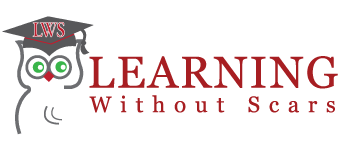Selling is as old as the hills and most people think it is a function that requires you be good with people. Sales requires very serious organizational skills. Not just a personality. From the rapid changes we have experienced in our industry, we are at the point where the skills and the knowledge of our employees is a critical difference in developing and maintaining our relationships with our customers. The leadership involved with the sales team is critical. The challenges in maintaining a motivated, skilled work force is not easy.
The comprehensive skills assessment covers all of the topics and subject matter required in the course of performing the sales job function. In assessing this position, we have taken all of the classes involved in selling and created a skills assessment. We have taken the 900 questions, from the pretest and final assessment, from all of the classes offered for Selling and Marketing. We have taken all of these questions and boiled them down to ninety essential questions. Each question has an answer within a multiple-choice selection.
The results from the CSA, Comprehensive Skills Assessment, categorize the skills and knowledge of the individual being assessed, into one of our four levels of accomplishment: Developing, Beginning, Intermediate, and Advanced.
These assessments can be used, in conjunction with background checks and interviews, to screen applicants before they are hired. They should also be used in the annual performance review with each employee. They can even be used as a foundation piece of information related to the wages and salaries paid to the employees. Finally, and this is the genesis of the creation of the comprehensive assessment skills, the assessment has been developed to be used to create a specific employee development program for each employee in the parts and service business teams.
